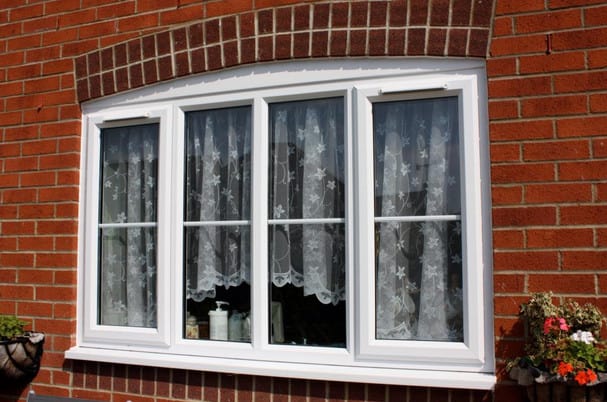All Categories
Featured
Table of Contents
Double Glazing Australia Blogs in Beechina Western Australia
Laminated glass is typically used in locations in the house most susceptible to injury from human impact such as restrooms, doors, around staircases and in areas close to the flooring (it satisfies the requirements of 'shatterproof glass' that is mandated for use in these locations by Australian Basic AS 1288 Glass in buildings).
Toughened glass has been 'tempered' by being reheated and rapidly cooled again. This process makes it much stronger than basic glass it can resist greater impact loads before breaking. It likewise makes it much safer because, when it does shatter, it burglarizes many little cubic pieces rather than unsafe shards.
Guide To Double Glazing – Functional And Energy Efficient in Ellenbrook WA
Nevertheless, toughened glass has no thermal or acoustic benefits over other glass of the same toning or thickness. Secondary glazing is where single-glazed windows are retrofitted with a transparent acrylic or glass sheet connected to the within the frame or openable sash with a secondary frame or with magnetic strips.


Secondary glazing will not carry out as well thermally as a manufactured IGU, considering that it is impossible to completely seal the border, but it can provide good sound control. Window films are a thin polymer film consisting of an absorbing dye or reflective metal layer, with an adhesive support. They stick to your glazing to alter its colour or make it reflective.
The Ultimate Guide To Double Glazed Windows in Marmion WA
Applied to existing glass, some window movies can halve the total SHGC of the window by absorbing and/or showing solar radiation. This can be particularly useful in hotter environments where cooling is the primary concern, or on east and west elevations directly exposed to long periods of sunshine. Nevertheless, window movies may also minimize noticeable light transmittance.

For this factor, it is typically best to use an accredited installer of window film. Frames have a substantial effect on the thermal efficiency of windows and doors, because energy can be gained and lost through the frame, along with through the glass. Different types of frame will allow different levels of heat gain and loss, so careful choice of frame is essential for reliable passive style.
Which Double Glazed Windows Are Best For Summer? in Mullaloo Western Australia
However, aluminium is also an excellent conductor of heat and will reduce the insulating value of a glazing unit, unless particularly crafted to reduce this. A 'thermally broken' frame is made up of 2 aluminium sections linked by a structural insulator (typically a low-conductivity structural polymer). This 'breaks' the thermal connection through the aluminium and minimizes the heat streaming through the frame.
Wood frames are a good natural insulator that can suit some home styles. Wood frames must be made from species that have naturally high durability or be treated to avoid decay and deformation.
Climateframe Double Glazing: Perth's Double Glazed ... in Ellenbrook Perth
(weather condition stripping) is set up.
u, PVC doors and windows have exceptional thermal performance Photo: Ben Wrigley (Light Home Architecture and Science) Composite frames use aluminium profiles on the outer areas with either a lumber or u, PVC inner area. These combine the low maintenance and resilience of aluminium with much improved thermal performance.
Latest Posts
Fitting A Cabin In Your Garden? Get Double Glazing Fitted Too in Forrestdale WA
Why Is Double Glazing So Important In Winter? in Highgate Perth
Best Glass For Double Glazing in Gwelup Perth